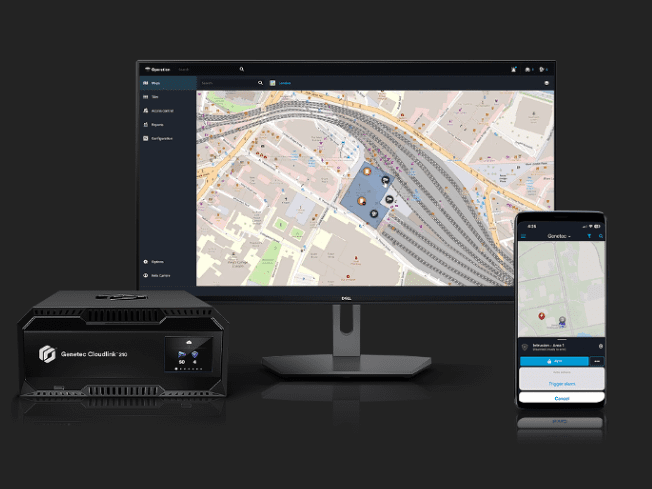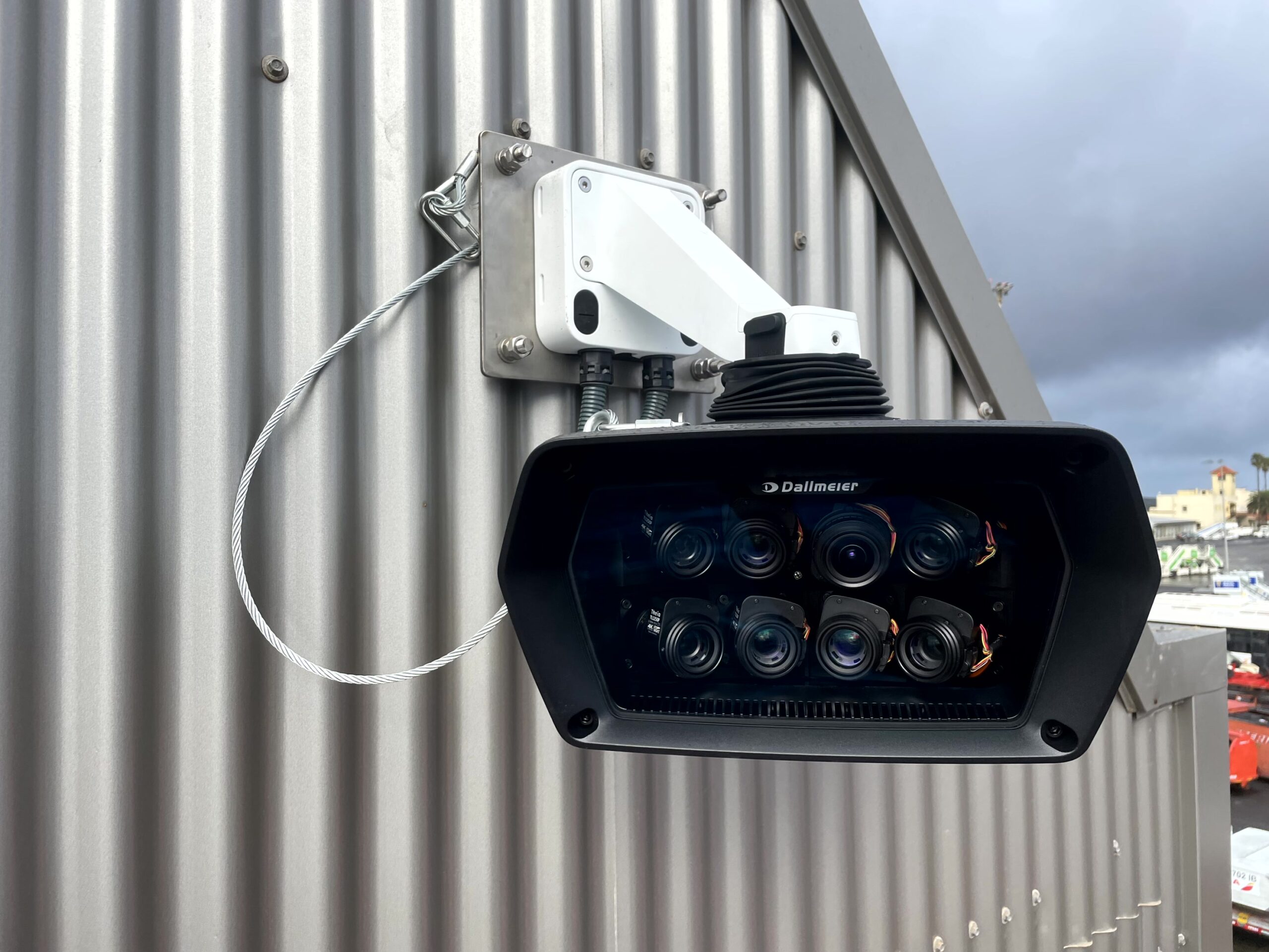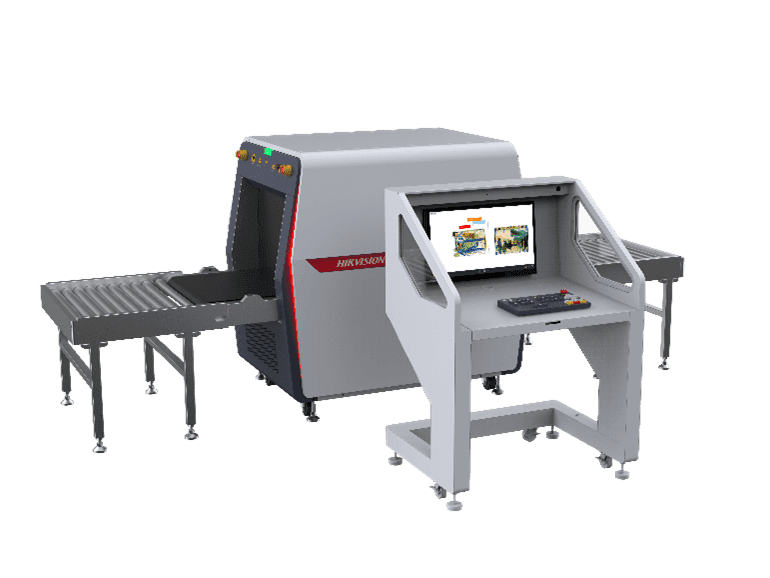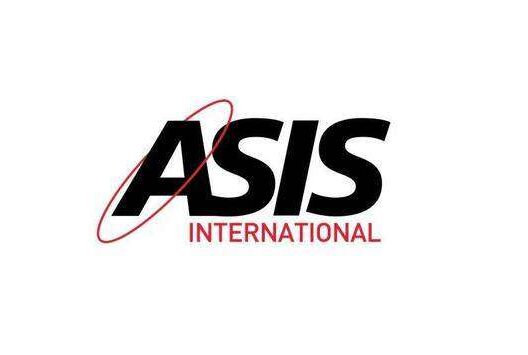The video surveillance market is evolving with AI, cloud integration, and enhanced cybersecurity, ensuring advanced, efficient, and resilient security solutions, discovers Joseph Clarke, Assistant Editor of Security Buyer
The technological landscape of video surveillance is rapidly transforming, driven by advancements in artificial intelligence (AI) and cloud computing. As these technologies become more sophisticated, the capabilities of video surveillance systems are expanding beyond traditional monitoring to include real-time analytics, proactive threat detection, and enhanced data management. This shift is particularly crucial in a time when the number and sophistication of bad actors are increasing, necessitating more robust and intelligent security measures.
AI has revolutionised video surveillance by introducing capabilities such as facial recognition, behavioural analysis, and object detection. These advancements allow for more precise and efficient monitoring, enabling security systems to identify and respond to potential threats more quickly. The integration of machine learning algorithms further enhances these systems by continuously improving their accuracy and effectiveness based on the data they process.
Cloud technology has also played a pivotal role in the evolution of video surveillance. Cloud-based storage solutions offer scalable, flexible, and cost-effective options for storing vast amounts of high-resolution video data. These solutions facilitate remote access to video feeds, enabling real-time monitoring and management from anywhere in the world. This is particularly beneficial for large-scale security operations that require centralised control and quick access to data.
The increasing complexity and frequency of cyber threats have underscored the importance of the convergence of cybersecurity in video surveillance systems. As surveillance networks become more interconnected and reliant on digital technologies, they also become more vulnerable to cyberattacks. Ensuring the security of these systems requires robust encryption, secure transmission protocols, and continuous monitoring for potential vulnerabilities.
Video Analytics
Artificial intelligence is at the forefront of the video surveillance revolution, enabling more sophisticated and proactive security measures. AI-driven video analytics can identify unusual activities, recognise faces, and detect objects in real-time, significantly enhancing the capabilities of traditional surveillance systems. Ava Security, for instance, has developed an AI-based video management system that provides real-time insights and proactive threat detection. Their solution uses machine learning algorithms to analyse video feeds, enabling security teams to respond to incidents before they escalate.
Axis Communications is a noticeable player in the AI surveillance arena. Their recent innovations include network cameras equipped with deep learning processing units (DLPU), which allow for advanced object detection, behavioural analysis, and automated responses. These capabilities are particularly useful in high-traffic environments such as airports, train stations, and large commercial centres, where quick and accurate threat detection is crucial.
Axis’s P3255-LVE Dome Camera is an example of how AI can enhance surveillance. The camera uses advanced analytics to differentiate between different types of objects, such as humans and vehicles, and can identify specific behaviours like loitering or trespassing. This functionality can help security teams prioritise threats and respond more effectively.
Cloud technology
Cloud technology is transforming video surveillance by offering scalable, flexible, and cost-effective storage solutions. Traditional on-premise storage systems often face limitations in capacity and accessibility. Cloud-based solutions, on the other hand, provide virtually unlimited storage and enable remote access to video feeds, facilitating real-time monitoring and management from anywhere in the world.
Seagate, a provider of data storage solutions, has introduced cloud-integrated surveillance systems that ensure high reliability and data integrity. Their solutions are designed to support high-resolution video storage and provide seamless integration with existing surveillance infrastructure. This approach not only enhances data security but also simplifies the management of large-scale surveillance deployments.
In October 2023, Seagate released their new SkyHawk AI 20TB HDD, designed specifically for AI-enabled video surveillance systems. This hard drive is optimised for heavy workloads and can store massive amounts of high-definition footage, making it ideal for long-term video retention and analysis. The integration of AI capabilities ensures that data is processed efficiently, allowing for real-time analytics and faster threat detection.
Similarly, Micron offers high-performance solid-state drives (SSDs) optimised for video surveillance applications. These SSDs provide the necessary speed and durability to handle the demanding requirements of continuous video recording and playback, ensuring that critical footage is always available when needed.
For example, Micron’s 7450 NVMe SSD, launched in December 2023, delivers performance and reliability, supporting high-speed data transfer and robust storage capabilities. This SSD is particularly suited for environments that require constant recording and quick access to video data, such as casinos, hospitals, and large corporate campuses….
Read the full article in our latest issue here.
Never miss a story… Follow us on:
Security Buyer
@SecurityBuyer
@Secbuyer
Media Contact
Rebecca Morpeth Spayne,
Editor, Security Portfolio
Tel: +44 (0) 1622 823 922
Email: [email protected]






















